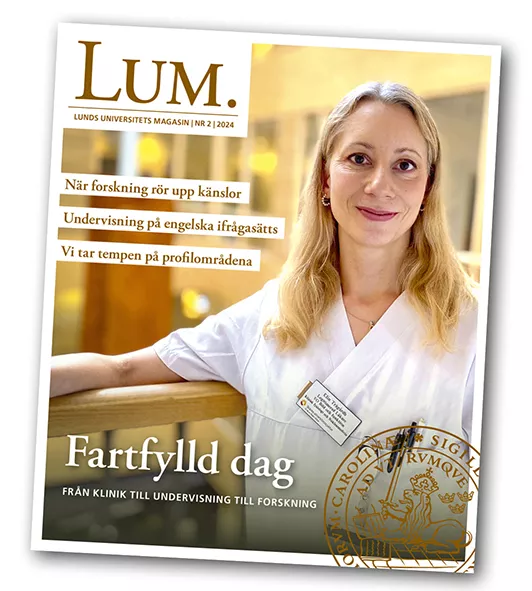In late spring, seven students’ unions sent out seven somewhat different surveys. 1900 students responded. The questions addressed how they felt about their studies, their health and their social situation. The University’s Quality and Evaluation office then helped to compile the responses, which show that many of the students report feeling worse during Covid-19 than before, and some of them report feeling a lot worse.
“We are worried because students are known to be a vulnerable group. Many of them have suffered from isolation and loneliness”, says Ella Sjöbeck, vice president of LUS, Lund University’s students’ unions, referring to the 2017 Student Barometer survey where an increasing number of students reported suffering from mental health issues.
Students with children felt their health improved
However, one small group of students felt that their health improved. These were students with children, long commutes or great concern about Covid-19 who appreciated the possibility of conducting their studies entirely from home. The students also showed understanding for the initial problems that arose in connection with the sudden transition to digital teaching in March. But there was criticism of the development of teaching after that – lecturers approached it very differently and conditions were different in the various departments and faculties.
“Issues that were acceptable at the start of the pandemic must now be resolved, because digital teaching and assessment will continue through the autumn and over the longer term”, says Ella Sjöbeck.
She takes a positive view of the digital development which has now taken place in teaching and which the students have long demanded.
“But it is important that the digital component becomes a complement and does not lead to cuts in teaching hours on campus – because you cannot replace the social interaction”, she says.
"Not everyone made enough effort"
Whereas some teaching staff and faculties have excelled in rapidly setting up good digital courses, others have been slower to achieve results.
“Not everyone made enough effort. The students whose lectures were cancelled or who were sent Powerpoint presentations with no comments – they were not offered the education they signed up for.”
During the autumn, round two of the corona crisis at the University, some lectures, group exercises and laboratory work will be held on site. But not all students are back on campus. There are not enough premises to teach all students, as they must maintain a certain distance between their seats. New entrants, those that are approaching the completion of their degrees and international students are to be prioritised for on-campus teaching. But the situation is very different in different parts of the University.
“We know that a lot of contact is lost when you sit at home alone – great efforts are needed to solve this – otherwise we risk a lost generation of students”, she says.
Technology a major stress factor in exams
Many exams will also need to be conducted digitally. The students were not satisfied with digital exams in the spring, pointing out many shortcomings in their survey responses.
“They felt that they were being assessed with greater severity and sometimes suspected of misconduct. In addition, the technology was a major stress factor in exams”, says Ella Sjöbeck.
With regard to student life, the student nations and other student associations have started to open up while continuing to comply with restrictions.
“The fact that they are getting going is incredibly important for student well-bring. We also know that a large proportion of the students who choose Lund do so specifically because of the student life*”, she says.
*A 2019 study of new students in Lund revealed that student life was the determining factor in the choice of study location for many students.



